AUGUSTA — A pair of large, shiny firearms greets visitors to the newest exhibit at the Maine State Museum, hinting at the subject matter of the display: the role Mainers played in World War I.
Those weapons, some of the first fully automatic machine guns, were invented by Hiram Maxim, a native of Sangerville. His deadly invention, nicknamed “The Devil’s Paintbrush,” became a defining feature of the calamitous war.
But the new exhibit, which opens with a free day of admission Saturday, doesn’t just focus on the levers of war and the people who operated them.
Called “Over There and Down Home: Mainers and World War I,” the display also features stories of the potato growers in Aroostook County who sent their crops to Belgian refugees, the Gardiner factory workers whose combat boots were worn overseas, and the Seal Harbor woman who taught Frenchmen to make socks.
The show opens on Saturday, with a free day of admission to the museum, and will continue until Nov. 11, 2018, which is the 100th anniversary of the armistice that ended the Great War. At 11:15 a.m. Saturday, there will also be a performance of traditional and period military music by the 195th Army Band, which is based in Bangor.
By holding the exhibit, the museum staff hoped to shed light on a “largely forgotten” war, said Angela Goebel-Bain, the curator of the new display.
The body of historical literature about Mainers who indirectly aided the wartime effort is so small, Goebel-Bain said, that she often had to consult archival, primary source documents in her research. Visitors to the exhibit are guided by pamphlets that hang around the space.
Guns, military fatigues and a gas mask are on display. So are boots and earmuffs that were made by central Maine factories, and an example of the machine that Theodora Dunham used to teach French men to knit socks.
Dunham, who volunteered for the American Fund for French Wounded, is among women who weren’t nurses but nevertheless found ways to help during the war and whose experiences are spotlighted in the new exhibit. Another is Belle Cates, who owned a Belfast factory that made coats with leather and sheepskin that were worn by people heading overseas.
“It was very unusual for women to be owning businesses at that time, and to have the capital to expand,” Goebel-Bain said.
The new exhibit also has objects more conventionally associated with the overseas wars, including vases that were made from artillery shells. It features photos of the limestone caves that American soldiers dug beneath the battlefields in France and the graffiti they scratched into the walls of those subterranean spaces.
While the story of Hiram Maxim and his influential machine gun is included in the exhibit, so is that of Franklyn Burbank, of Livermore Falls. After three-quarters of his unit was killed in northern France, Burbank, a soldier in the 103rd Infantry Division, led the capture of a Maxim machine gun that Germans had set up on a hill. The Distinguished Service Cross he earned is among the items on display.
Another person featured in the exhibit is Moses Neptune, a member of the Passamaquoddy tribe who died in the war.
Native Americans “couldn’t vote or be true American citizens, but they still fought,” Goebel-Bain said.
More than 116,000 Americans died in the conflict, including more than 1,000 Mainers. The new exhibit is one of several being held around the state this year. One of them, which featured the letters of Mainers who served in World War I, was recently held at the University of Maine at Augusta.
As part of its exhibit, the Maine State Museum also will offer free admission on Nov. 11, which is Veterans Day, and screen a documentary about the caves used by American soldiers at 4:30 p.m. Nov. 15.
Another goal of the new exhibit is to show Mainers how important their state was in a war that broke up empires and established political divisions that continue to this day, said Bernard Fishman, director of the Maine State Museum.
In the United States, people were ambivalent about the Great War, as evidenced by some of the posters and memorials that were produced. One of the posters now on display suggest the xenophobia Americans felt toward Germans at the time, even though many had German ancestry themselves, and the pressure they felt to express their patriotism
“Are you 100% percent American?” the poster asks. “Prove it! Buy U.S. government bonds.”
But another poster suggests a more welcoming attitude, listing a series of names from different ethnic backgrounds — Du Bois, O’Brien, Turovich, Gonzales — and declaring them “Honor Roll” contributors to Victory Liberty Loan. At the top of the poster are the words: “Americans All!”
The country is “still wrestling” with some of those questions now, Fishman said.
Charles Eichacker — 621-5642
Twitter: @ceichacker
Send questions/comments to the editors.


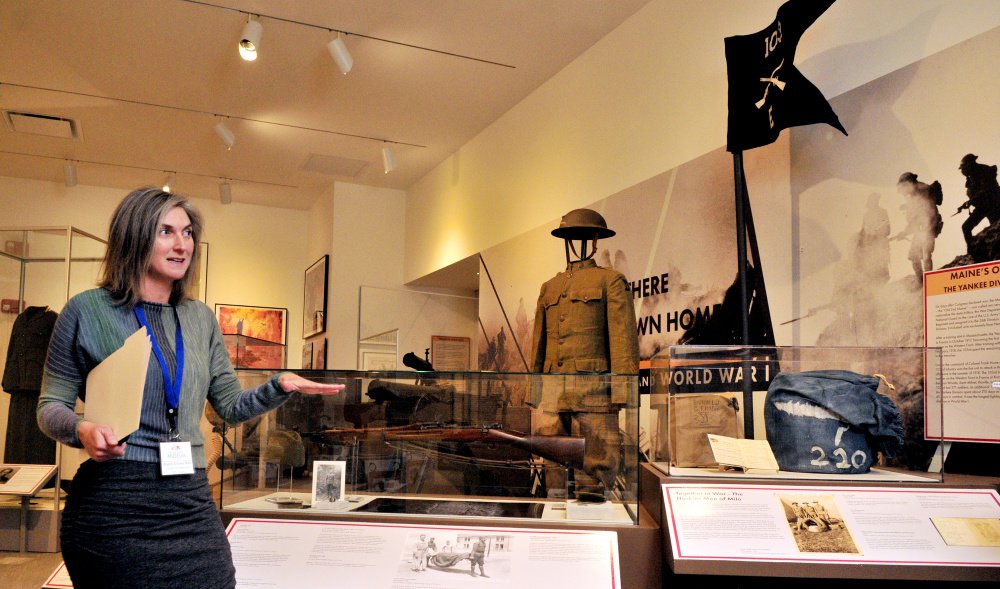
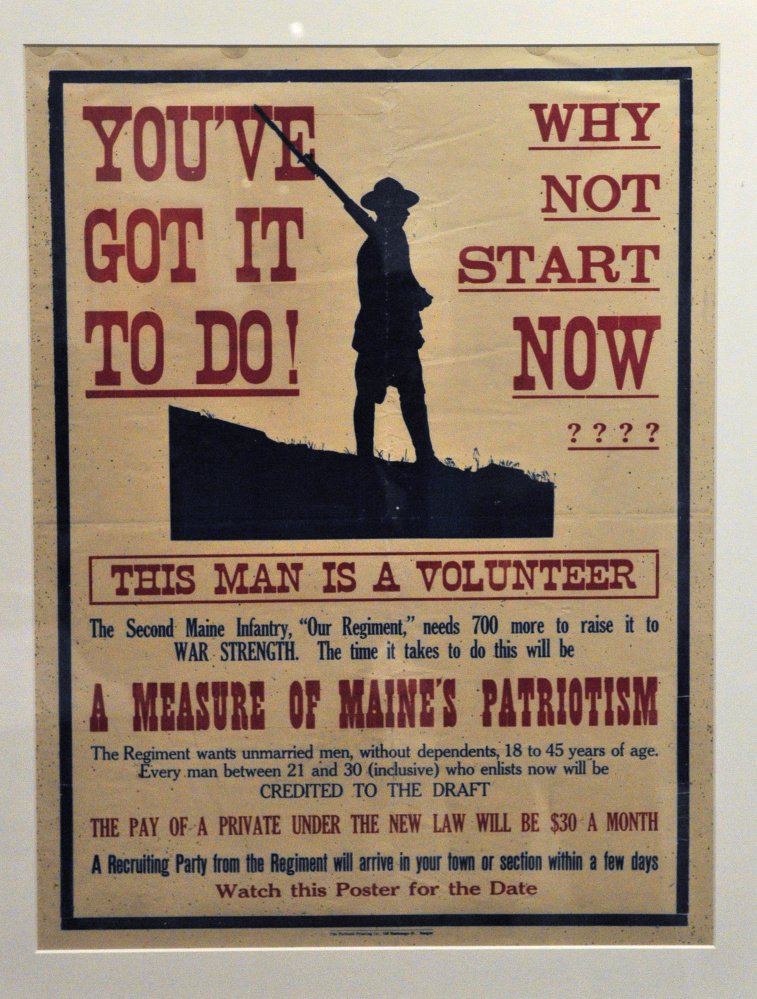
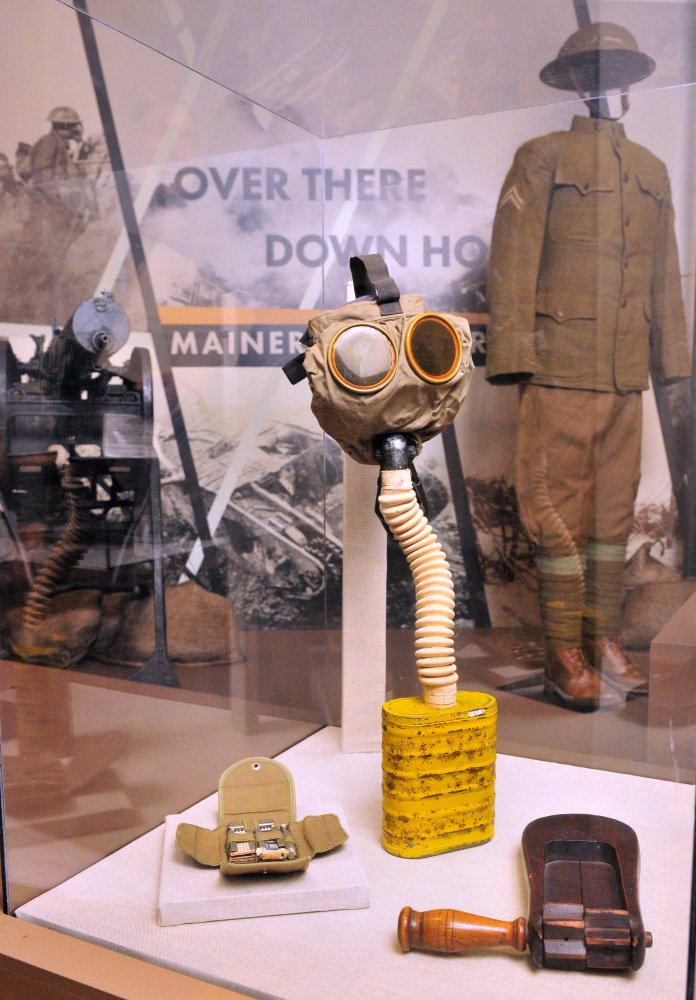
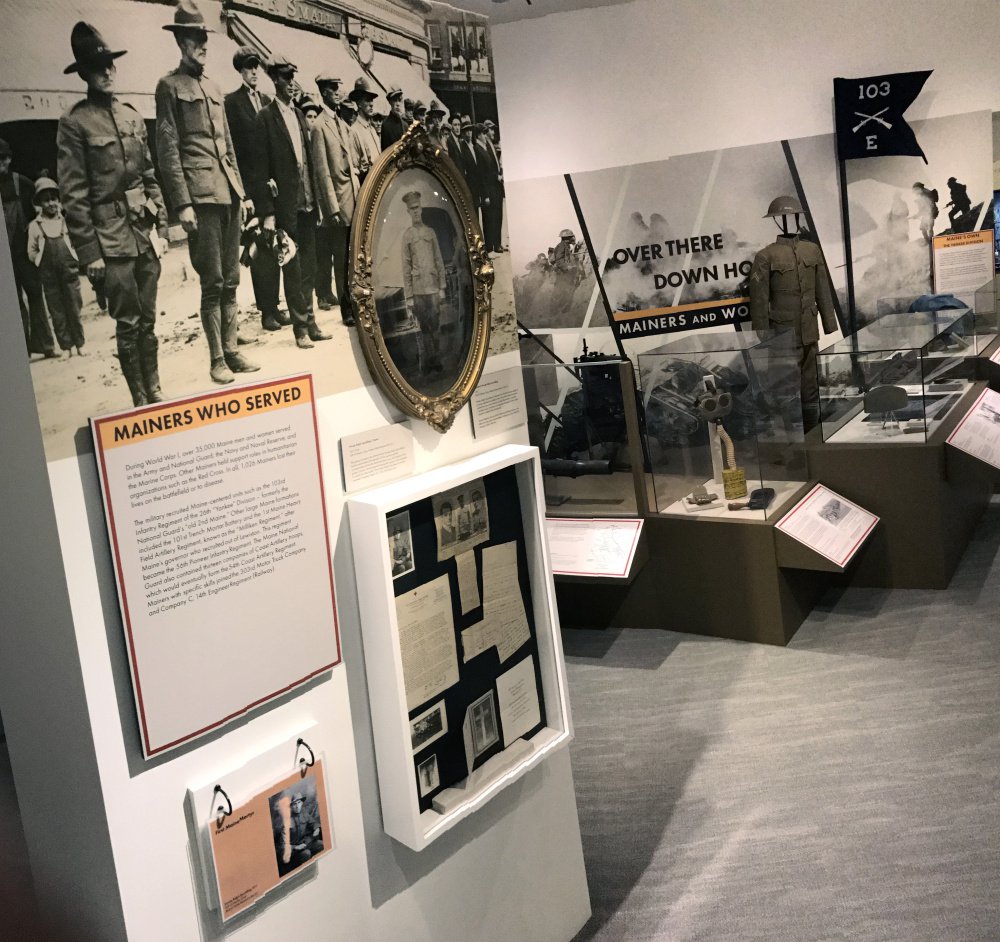
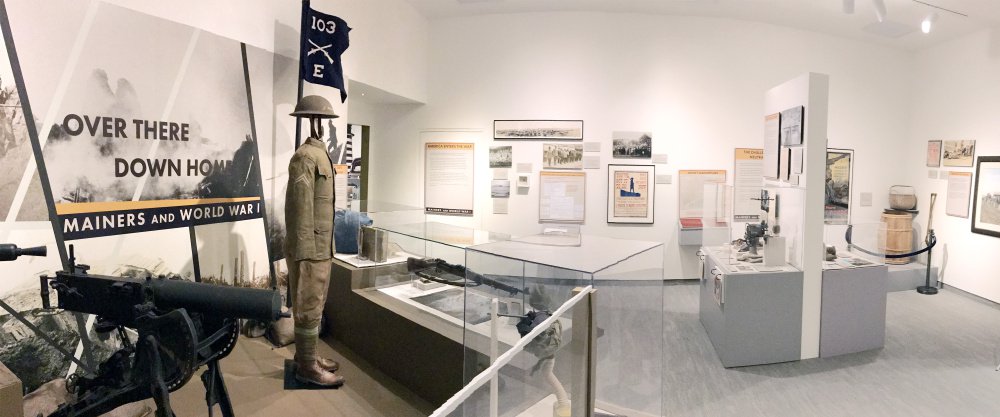
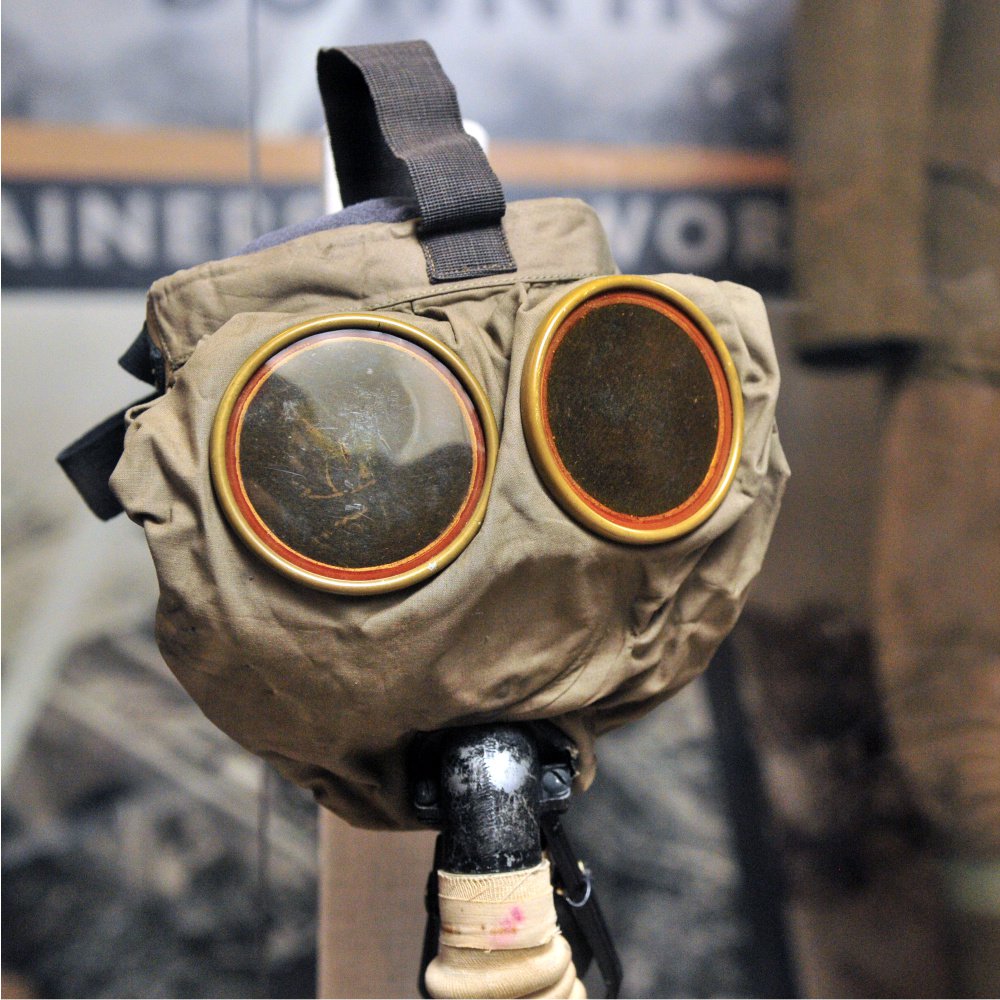
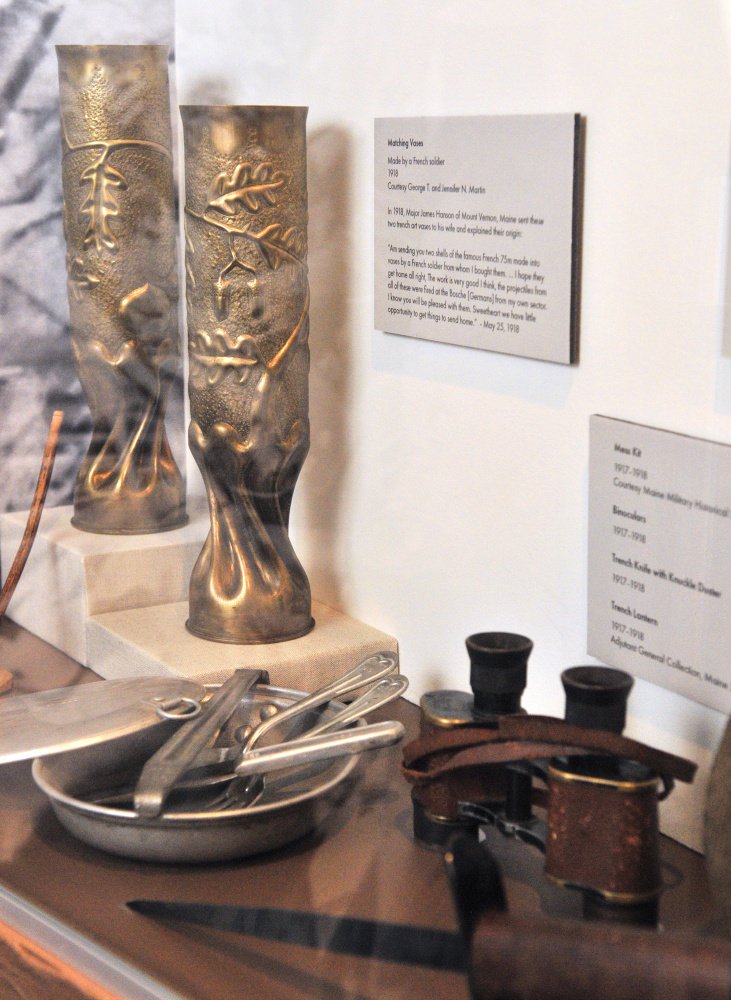
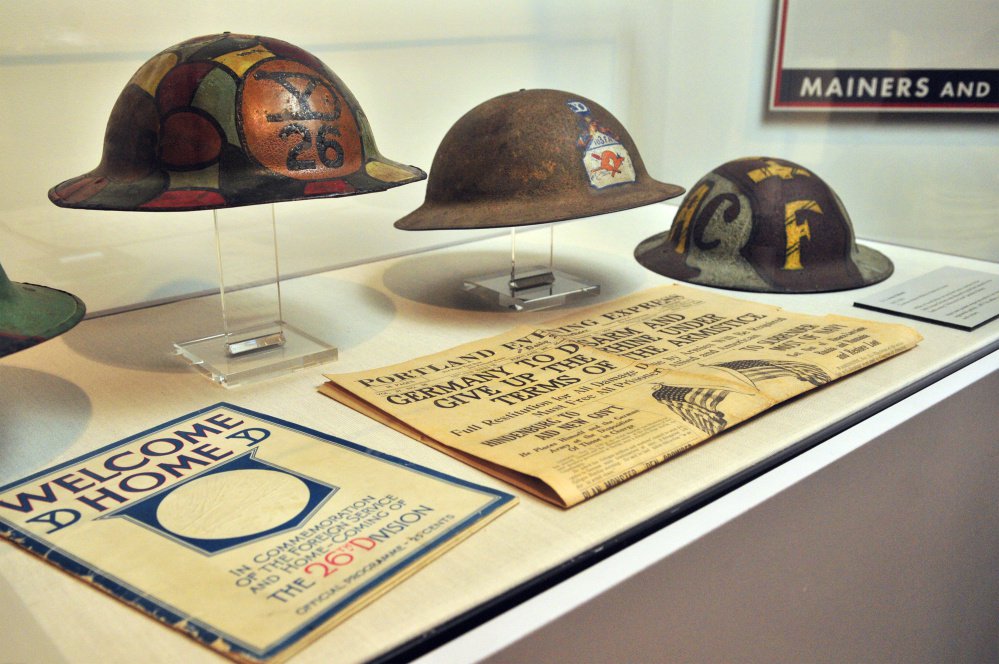

Success. Please wait for the page to reload. If the page does not reload within 5 seconds, please refresh the page.
Enter your email and password to access comments.
Hi, to comment on stories you must . This profile is in addition to your subscription and website login.
Already have a commenting profile? .
Invalid username/password.
Please check your email to confirm and complete your registration.
Only subscribers are eligible to post comments. Please subscribe or login first for digital access. Here’s why.
Use the form below to reset your password. When you've submitted your account email, we will send an email with a reset code.